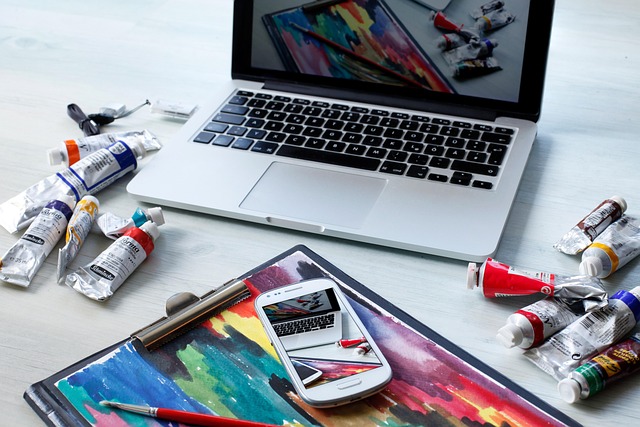A Brush with the Future: Digital Painting’s Place in Art and Culture
Remember the smell of turpentine, the feel of canvas under your hand? Painting has always been a deeply physical, sensory experience. Yet, the world of art is constantly evolving, and alongside traditional mediums, a new vibrant form has emerged: digital painting. It might seem like a departure from centuries of tradition, but digital painting isn’t just a tool; it’s a fascinating expansion of artistic possibility, deeply weaving itself into the fabric of fine arts and culture.
Digital Painting: Finding its Canvas in Fine Arts
For a long time, digital art was seen primarily in commercial illustration, graphic design, or concept art for games and films. But its presence in the realm of Fine Arts is undeniable and growing. Galleries are featuring digital prints, artists are using tablets and software to create museum-worthy pieces, and academic institutions are incorporating digital painting into their curricula. What was once viewed with skepticism is now being recognized for its unique strengths. The ability to work with infinite layers, experiment endlessly without waste, and achieve precise control over color and texture offers artists unprecedented freedom. It allows for explorations in scale and detail that can be challenging with traditional materials, pushing the boundaries of what fine art can be.
Shaping Culture, Connecting Communities
Beyond the gallery walls, digital painting is profoundly impacting our culture. It’s everywhere: in the breathtaking visuals of our favorite movies, the captivating designs in video games, the illustrations in online articles, and the vibrant content shared across social media platforms. Digital tools have democratized art creation to an extent never before possible, lowering the barrier to entry for aspiring artists who may not have access to expensive traditional supplies. This accessibility fosters diverse voices and perspectives, enriching our visual culture in countless ways. Furthermore, digital platforms enable artists to connect directly with global audiences, share their process, and collaborate remotely, building new communities around shared artistic passions.
Art, Redefined and Expanded
Ultimately, digital painting reminds us that Art is not defined solely by the tools used, but by the vision, skill, and message of the artist. Whether working with oil pigments or digital pixels, the core principles of composition, color theory, light, and form remain essential. Digital painting doesn’t replace traditional art; it adds another powerful dimension to the artist’s toolkit. It expands the definition of painting, allowing for dynamic experimentation, rapid iteration, and the creation of visuals that were previously unimaginable. As technology continues to evolve, so too will the potential of digital painting, promising an exciting future for artists and art lovers alike, where the canvas is limitless and creativity knows no bounds.




